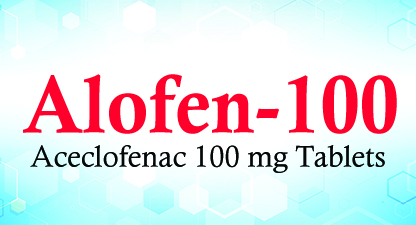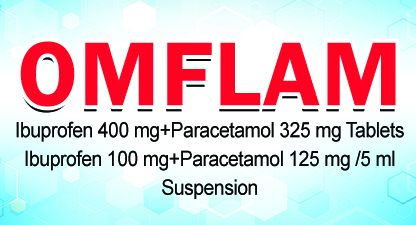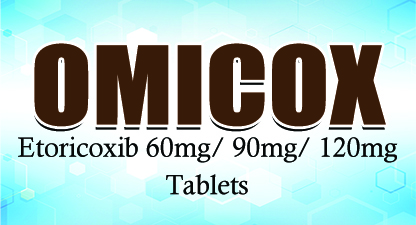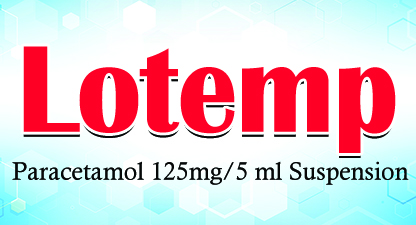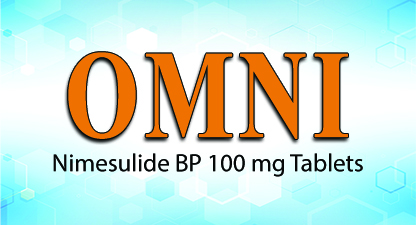ALOFEN
Aceclofenac is a non-steroidal anti-inflammatory drug (NSAID) with marked anti-inflammatory and analgesic properties. It is reported to have a higher anti-inflammatory action or at least comparable effects than conventional NSAIDs
- Categories : NSAIDs
- Share Now :
A smart solution to relieve pain and inflammation…
ALOFEN 100
Generic Name: Aceclofenac
Therapeutic Category: Non-Steroidal Anti-inflammatory Drugs (NSAID)
Pharmacological Class: Non-selective COX inhibitor
Composition: Each film-coated tablet contains Aceclofenac BP 100 mg
Pregnancy Category: C (up to second trimester) and D (in third trimester)
Presentation: Available in the pack size as 10 tablets X 20 blisters
Mechanism of Action
Aceclofenac is a NSAID that inhibits both isoforms of Cyclooxygenase enzyme, a key enzyme involved in the inflammatory cascade. COX-1 enzyme is a constitutive enzyme involved in prostacyclin production and protective functions of gastric mucosa whereas COX-2 is an inducible enzyme involved in the production of inflammatory mediators in response to inflammatory stimuli. Aceclofenac displays more selectivity towards COX-2 than COX-1, which promotes its gastric tolerance compared to other NSAIDs. Although the mode of action of aceclofenac is thought to mainly arise from the inhibition of synthesis of prostaglandins (PGE2), aceclofenac also inhibits the production of inflammatory cytokines, interleukins (IL-1β, IL-6), and tumor necrosis factors (TNF). It is also reported that aceclofenac also affects the cell adhesion molecules from neutrophils.
Indications
Pain and inflammation in
- Rheumatoid arthritis
- Osteoarthritis
- Ankylosing spondylitis*
Dosage
Route of administration: Oral
Adults (>18 years): 100 mg two times a day, in the morning and in the evening.
Safety and efficacy not established below 18 years of age.
Pharmacokinetics
Absorption: Aceclofenac is rapidly and completely absorbed from the gastrointestinal tract and circulates mainly as unchanged drug following oral administration.
Protein binding: Highly protein-bound >99%
Metabolism: Hepatic
Route of elimination: Renal
Half-life: 4 hours
Adverse Effects
- Abdominal pain
- Constipation
- Diarrhea
- Nausea and vomiting
- Skin rash
Contraindications
ALOFEN is contraindicated in the following populations and situations:
- Hypersensitivity to aceclofenac or any other components of the formulation.
- Active or history of peptic ulcer disease, hemorrhage, bleeding disorders.
- Severe heart failure, hepatic failure and renal failure.
- Below 18 years of age
Precautions
- Pregnancy and breastfeeding
Interactions
- Alcohol: Increases the risk of GI bleeding
- Other NSAIDs: Increases the risk of adverse effects.
- Mifepristone: Aceclofenac may decrease the effect of Mifepristone.
- Warfarin: Potentiate its effects
*Terminologies:
Ankylosing spondylitis: A type of arthritis that affects the spine.

